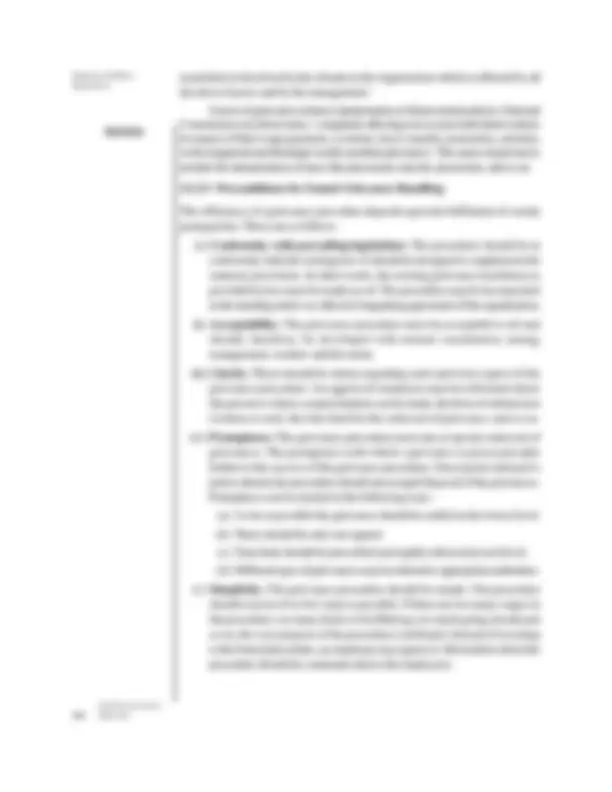



Study with the several resources on Docsity

Earn points by helping other students or get them with a premium plan


Prepare for your exams
Study with the several resources on Docsity

Earn points to download
Earn points by helping other students or get them with a premium plan
Community
Ask the community for help and clear up your study doubts
Discover the best universities in your country according to Docsity users
Free resources
Download our free guides on studying techniques, anxiety management strategies, and thesis advice from Docsity tutors
Human Resource Management (HRM) is a strategic and comprehensive approach to managing people within an organisation. It involves recruiting, hiring, training, evaluating, and rewarding employees to maximise their performance and align with the organisation’s goals. HRM also ensures compliance with labour laws, fosters a positive workplace culture, and supports employee development and well-being. By managing workforce planning, performance, compensation, and employee relations, HRM plays a vital role in organisational success. In today’s dynamic business environment, HRM is increasingly data-driven and aligned with long-term strategic planning, making it an essential function in both large corporations and small enterprises.
Typology: Lecture notes
1 / 2

This page cannot be seen from the preview
Don't miss anything!


Self-Instructional Material 147
Employee Welfare, Separation
Table 12.1 Reasons for Adoption of a Grievance Handling Procedure
Source: Mamoria, C.B. and S.V. Gankar. Personnel Management Text and Cases. Bombay: Himalaya Publishing House.
According to T.O. Amstrong, if properly designed, a grievance procedure should be able to offer the following:
12.3.4 Nature and Causes of Grievances
Just about any factor involving wages, hours or conditions of employment has and can be used as the basis of grievance. Calhoon observes ‘Grievances exist in the minds of individuals, are produced and dissipated by situations, are fostered or healed by group pressures, are adjusted or made worse by supervisors, and are
Employee Welfare, Separation
Self-Instructional 148 Material
nourished or dissolved by the climate in the organization which is affected by all the above factors and by the management.’ Causes of grievances relate to interpretation of all personnel policies. National Commission on Labour states, ‘complaints affecting one or more individual workers in respect of their wage payments, overtime, leave, transfer, promotion, seniority, work assignment and discharge would constitute grievances’. The causes of grievances include the interpretation of areas like placement, transfer, promotion, and so on. 12.3.5 Preconditions for Sound Grievance Handling
The efficiency of a grievance procedure depends upon the fulfilment of certain prerequisites. These are as follows: (i) Conformity with prevailing legislation: The procedure should be in conformity with the existing law. It should be designed to supplement the statutory provisions. In other words, the existing grievance machinery as provided by law must be made use of. The procedure may be incorporated in the standing orders or collective bargaining agreement of the organization. (ii) Acceptability: The grievance procedure must be acceptable to all and should, therefore, be developed with mutual consultation among management, workers and the union. (iii) Clarity: There should be clarity regarding each and every aspect of the grievance procedure. An aggrieved employee must be informed about the person to whom a representation can be made, the form of submission (written or oral), the time limit for the redressal of grievance, and so on. (iv) Promptness: The grievance procedure must aim at speedy redressal of grievances. The promptness with which a grievance is processed adds further to the success of the grievance procedure. Since justice delayed is justice denied, the procedure should aim at rapid disposal of the grievances. Promptness can be ensured in the following ways: (a) As far as possible the grievance should be settled at the lowest level. (b) There should be only one appeal. (c) Time limit should be prescribed and rigidly enforced at each level. (d) Different types of grievances may be referred to appropriate authorities. (v) Simplicity: The grievance procedure should be simple. The procedure should consist of as few steps as possible. If there are too many stages in the procedure, too many forms to be filled up, too much going around and so on, the very purpose of the procedure is defeated. Instead of resorting to the formal procedure, an employee may ignore it. Information about the procedure should be communicated to the employees.